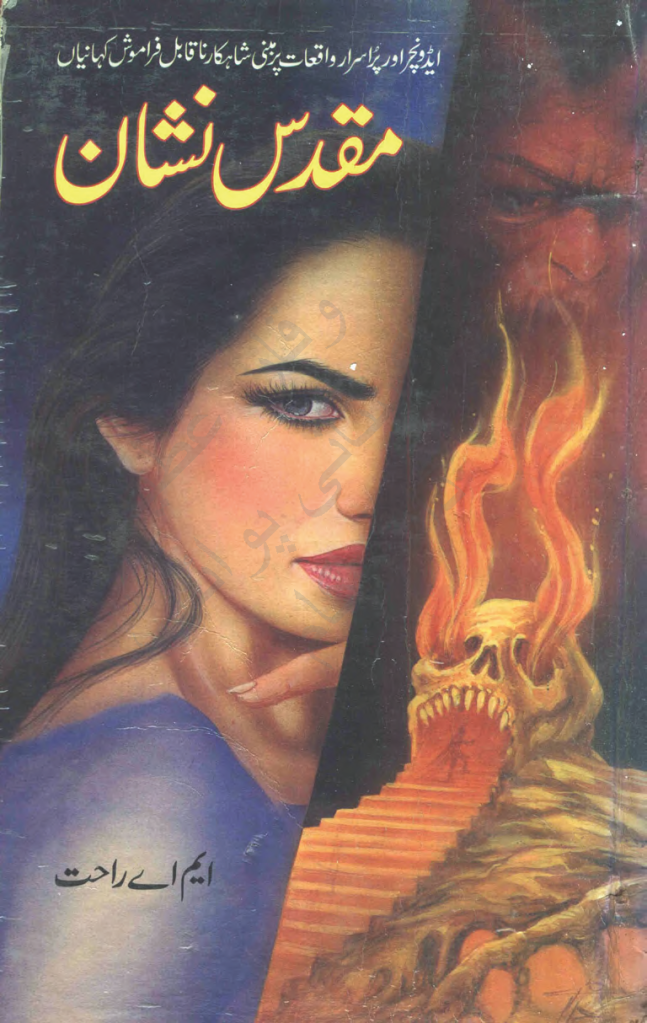
True to form, Schweblin’s social commentary in “Fever Dream” straddles the space between the fantastic and the everyday, written entirely as a dialogue between a dying woman and a young boy who could be real or imagined.

“Literature is extremely political, but it is a politics that works best when it comes in spaces where no other politics can go, a more delicate space that doesn’t require the precision of saying, ‘OK, we’re going to talk about glyphosate because someone has to,’” said Schweblin. “I like to see where crossing limits actually causes pain, and where it turns out that those limits are arbitrary.” “The idea was to stretch realism as much as possible, so that everything could happen, but that nonetheless the sensation of the strange is very strong,” Schweblin said. Throughout, Schweblin appears intent on picking apart her readers’ sense of permanence. Written while she was in the process of moving, first temporarily then long-term, from Argentina to Berlin, the book is filled with a sense of displacement: An aging woman boxes up her life, a young girl walks away with a stranger, a mother and daughter sneak into the homes of the rich and rearrange furniture. “Seven Empty Houses” is less pure fantasy than Schweblin’s previous collection, “Mouthful of Birds.” But its stories are equally disquieting. 18 from Riverhead, and Mónica Ojeda’s “Jawbone,” published in February by Coffee House Press, were named finalists for the National Book Award for translated literature. This month, after earning prizes in Spain and Latin America, both Samanta Schweblin’s short story collection “Seven Empty Houses,” out Oct. Indeed, the recent success of these authors has already broadened what counts as great Latin American literature, where the “boom” of the ’60s and ’70s brought magical realists like Gabriel García Márquez to the fore.

“They may contain elements of magic, but that isn’t the foundation.” But that’s a big, big mistake,” Alemany Bay said. “Many of these current works that leave the bounds of reality are called ‘magical realism,’ especially when they come from Latin America. “It’s something we see across the region, a new sensibility,” said Carmen Alemany Bay, a literature professor at the University of Alicante in Spain who coined the term “ narrativa de lo inusual” (narrative of the unusual) to describe the current wave of writing from the region. Prize committees, both inside and outside Latin America, are taking note. In Mexico, Argentina, Ecuador and beyond, a conspicuous number of women writers are using fantasy, horror and the unfamiliar to unsettle readers and critique social ills.


Six decades later, Dávila and Dueñas’s literary genealogy - not to mention that of Jorge Luis Borges, Julio Cortázar and José Eustasio Rivera - is alive and well. Before proceeding to a “somewhat less enthusiastic report” on the literary doings of men, Vázquez noted that, thanks to women, in no other period in Latin American history had “so many fine writers appeared so suddenly and triumphantly.” In a 1960 article in The New York Times, the translator and critic José Vázquez Amaral reported “striking literary news from Mexico and Central America”: Women writers were “on the march.”Īmong those at the vanguard, he wrote, were Amparo Dávila and Guadalupe Dueñas, Mexican authors whose eerie tales combined the fantastic with the everyday and challenged daily constraints placed on women at the time.


 0 kommentar(er)
0 kommentar(er)
